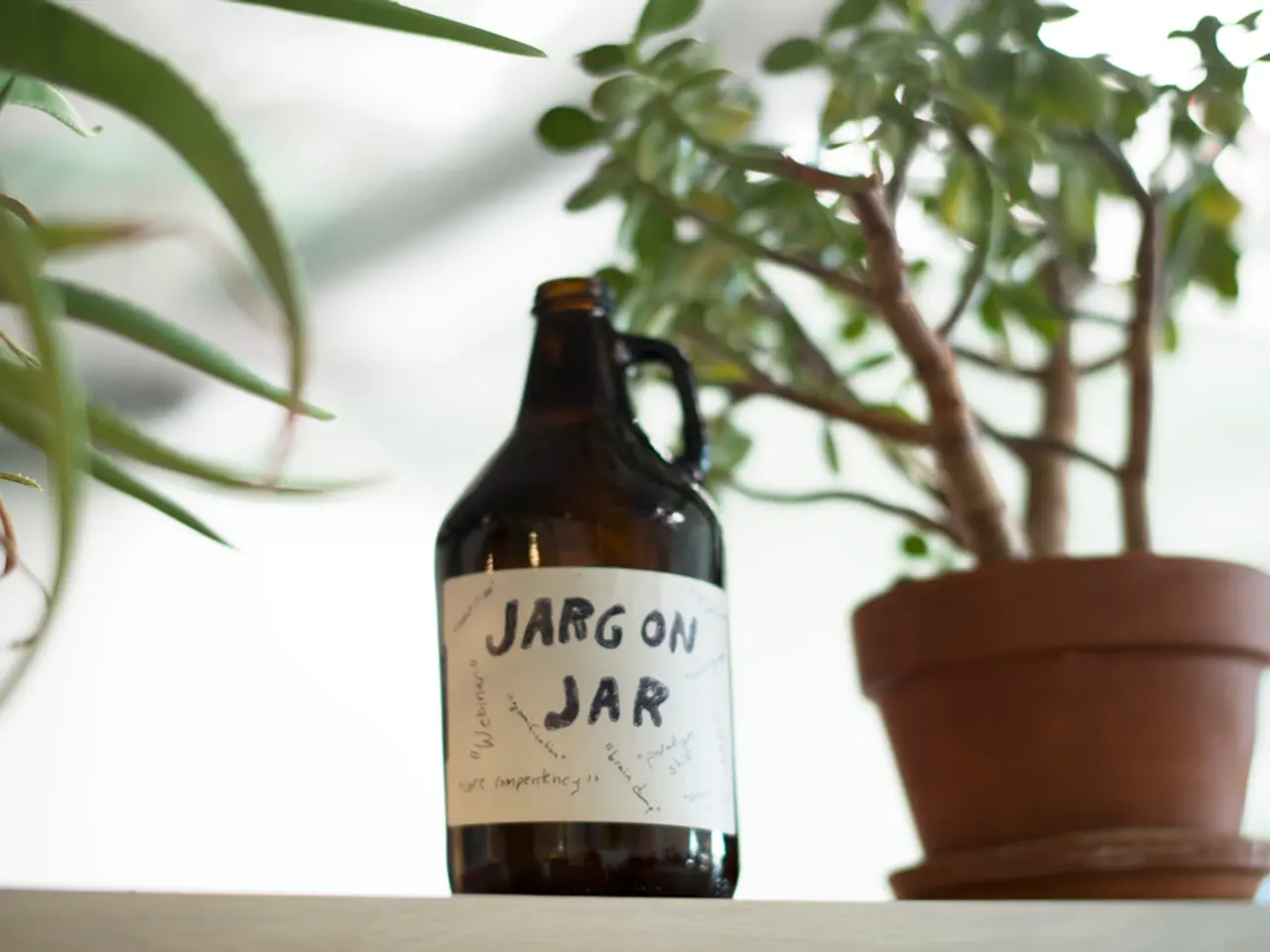Hemp Identification, Legal Status, and Comprehensive Information
In the ever-evolving world of agriculture, one plant stands out for its efficiency, versatility, and environmental benefits: hemp. This humble crop, often associated with its cannabis counterparts, has a unique set of characteristics that set it apart.
Hemp cultivation is more than just a farming practice; it's a sustainable solution that requires less water than many other crops and boasts a higher yield. With THC levels usually at 0.3% or less by dry weight, hemp is non-psychoactive and does not produce a "high". This contrasts with other cannabis plants, typically known as marijuana, which contain THC levels ranging from 2% to over 20%.
Hemp is cultivated in dense fields for industrial purposes, focusing on maximising fiber and seed yield. It is hardy, requires minimal care, and grows tall with long fibers when planted closely. Unlike high-THC cannabis plants, hemp is usually grown outdoors and employs conventional seeding methods, with a growing period of about 3-4 months.
The medicinal potential of hemp is another key difference. Hemp generally has higher cannabidiol (CBD) concentrations and minimal THC, making it attractive for wellness and health applications. CBD, a non-nutritive compound in hemp, may have potential to help treat or manage a variety of conditions, including epilepsy, seizure disorders, chronic pain, psychosis, anxiety and depression, digestive disorders, multiple sclerosis, cancer, rheumatoid arthritis (RA), post-traumatic stress disorder (PTSD), insomnia, and type 1 diabetes.
Beyond its medicinal benefits, hemp offers numerous practical applications. Hemp fibers are strong and used in a variety of products such as ropes, textiles, clothing, industrial oils and biofuel, cosmetics, home furnishings, paper, construction materials, bioplastics, health supplements, food, and more.
Moreover, hemp is excellent at reclaiming, reinforcing, and decontaminating soil. Its dense canopy prevents the sun from reaching competing weeds and it can grow without the need for significant quantities of pesticides, fungicides, and herbicides. One hectare of industrial hemp crop can absorb up to 15 tonnes of carbon dioxide, making it an excellent carbon sequester.
Hemp crops yield roughly 600% more than flax and 250% more than cotton, making it a highly efficient crop. Its dense, deep roots can help prevent soil erosion and associated land loss. In the United States, only producers with USDA licenses or approved plans or projects can cultivate hemp legally.
In summary, hemp and other cannabis plants, while related, have distinct differences in THC levels, cultivation practices, and medicinal potential. These distinctions reflect legal definitions, cultivation goals, and consumer use cases. Hemp's versatility, efficiency, and environmental benefits make it a crop worth considering for a more sustainable future.
- Hemp supplements, rich in cannabidiol (CBD), may offer potential health benefits for various conditions, such as epilepsy, chronic pain, and anxiety.
- In health-and-wellness circles, CBD is increasingly being recognized as a non-nutritive compound with therapeutic effects.
- Given its efficiency and environmental benefits, hemp farming could be a valuable component of sustainable health-and-wellness practices and healthy-diets.
- Hemp, as a climate-change mitigation strategy, can absorb up to 15 tonnes of carbon dioxide per hectare, making it an excellent carbon sequester.
- The science of environmental-science shows that hemp crops are able to prevent soil erosion, improve soil quality, and reduce the need for pesticides, fungicides, and herbicides.




